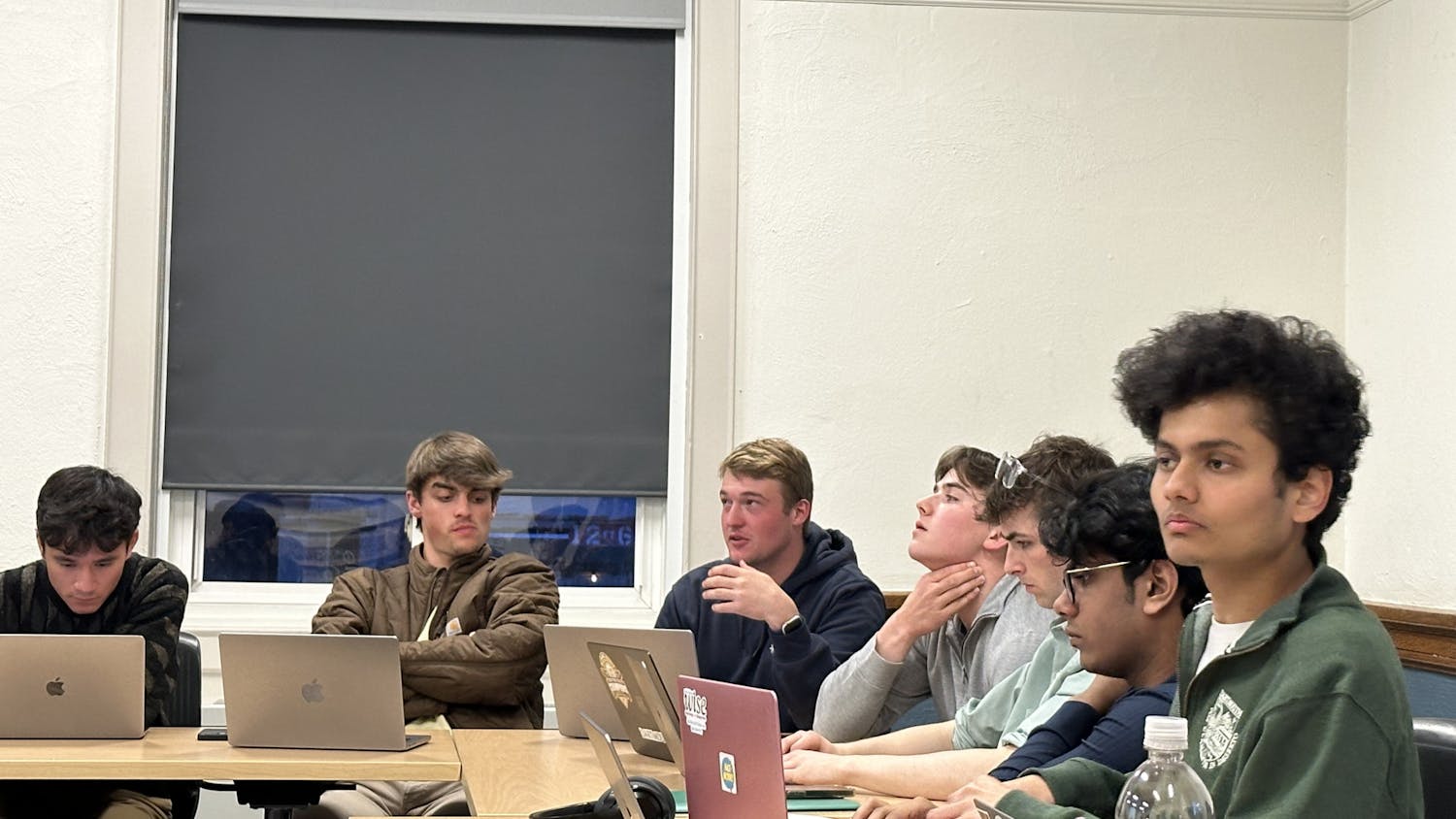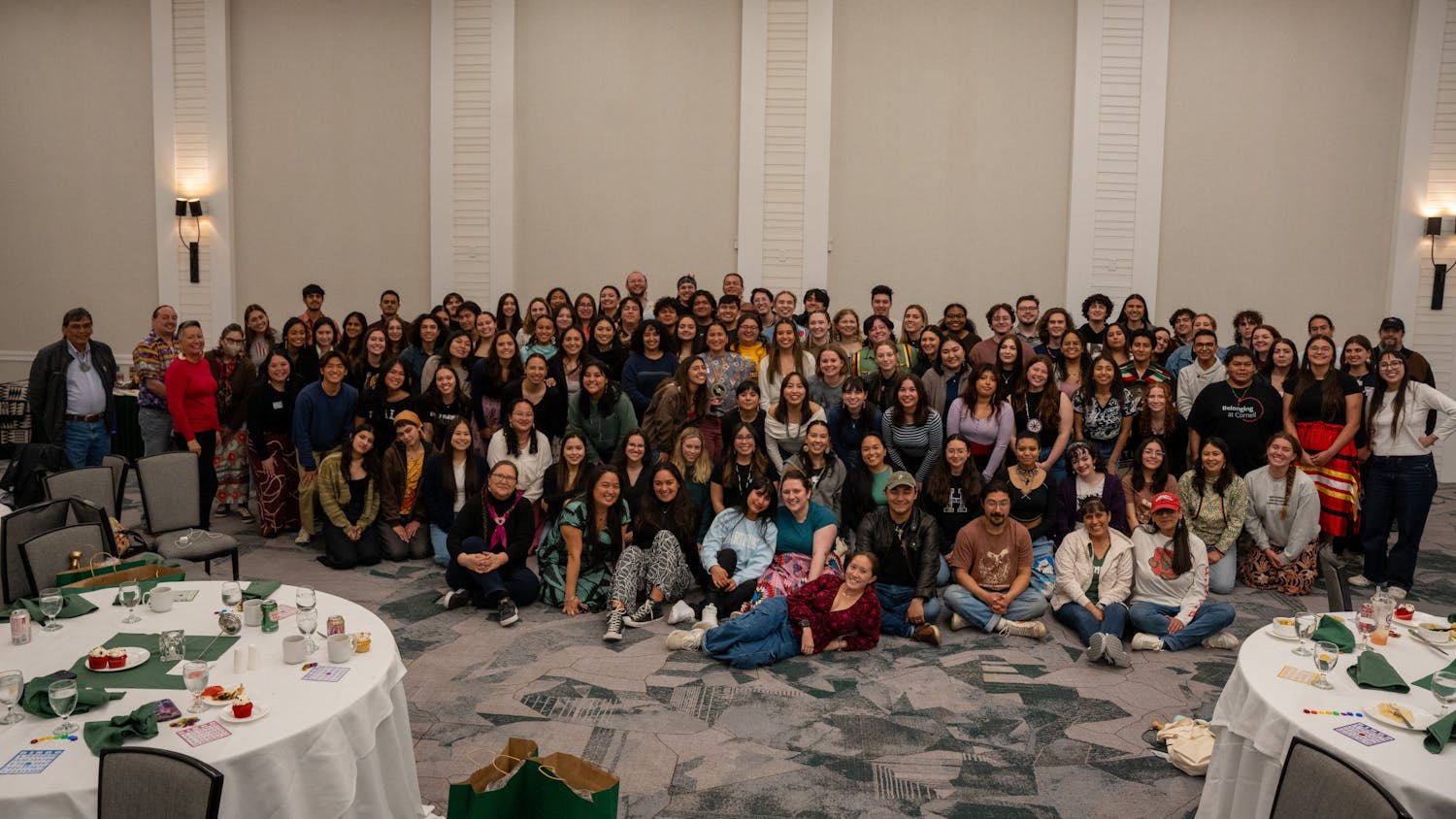New York University Law Professor Vicki Been discussed the claim that poor and minority communities are often hosts to hazardous waste sites in a classroom-style lecture yesterday afternoon in the Rockefeller Center.
Environmental justice advocates claim that polluters disproportionately affect poor and minority communities, Been explained to the audience which ranged from 20 to 40 people throughout the lecture.
According to the movement, environmental laws discriminate and are enforced less diligently, and the remedies chosen are less protective, she said.
"The movement, since its start in the late 1980s, has enjoyed considerable success," Been said.
In 1994 President Clinton signed an executive order dealing with the issue. Since then, federal agencies have been required to create environmental justice departments.
Advocates' claims are supported by a 1987 study by the Commission for Racial Justice, a branch of the civil rights organization United Church of Justice.
The study examined the location by zip code of commercial sites that treat, store or dispose of hazardous waste. Findings showed that a zip code with such a facility had twice as many minorities as those that did not.
The study also found that as the "noxiousity," or the concentration of the number of sites, increased, the percentage of minorities also increased.
Another study released a few months later by the Social and Demographic Research group of University of Massachusetts at Amherst found no such discrimination.
This study was sponsored by firms in the chemical industry and it examined census tracks, groupings based on similar census results, rather than zip codes.
Been then conducted her own study of the issue. Her study, unlike the others, attempted to establish cause and effect.
She asked if sites were put into the minority communities or if the sites caused the neighborhood demographics to change.
"If you don't know which came first, you really can't fix the problem," Been said.
Been hypothesized that market dynamics caused the flight of richer people from areas with hazardous waste sites, resulting in the influx of minorities and people with lower income.
Her findings showed that neighborhoods chosen to host hazardous waste facilities had nearly the same demographics as the state as a whole.
The only exceptions were tendencies for these neighborhoods to have slightly higher percentages of Hispanics, and lower-than-average income levels.
Been's findings disprove the environmental justice claim that very low-income communities are unwilling hosts to polluters. Lower income neighborhoods tended to have disproportionately high numbers of hazardous waste sites, but extremely poor locales were very unlikely to have any sites.
But neighborhood demographics do change after the introduction of hazardous waste sites, she found. Communities with an existing facility have a higher percentage of minority residents, Been found.
However, Been said she is not able to explain these results with market dynamics.
The lecture, part of a spring speaker series titled "Law and Liberal Arts," was sponsored by the Dartmouth Lawyers Association, the Legal Studies Faculty and the Rockefeller Center.



